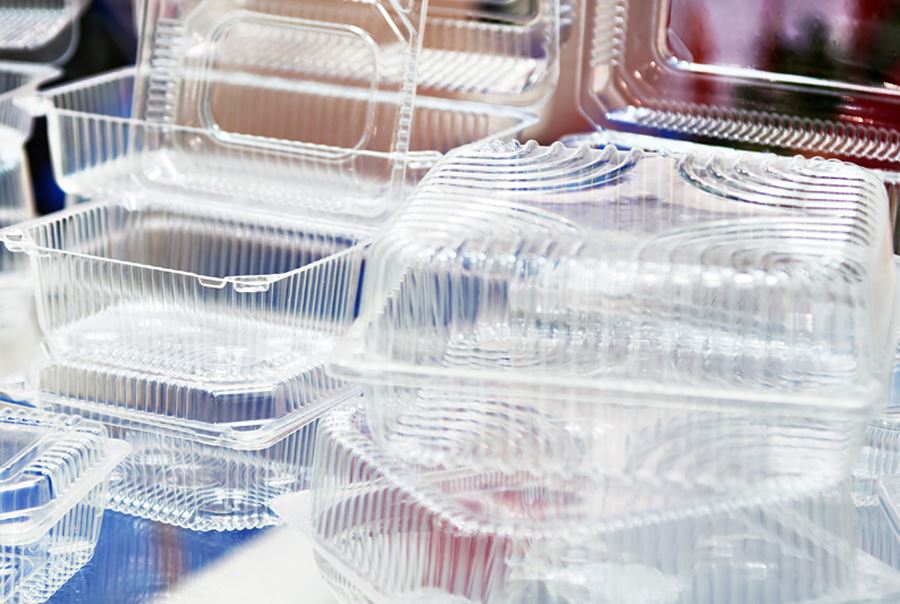Biodegradable plastics
Biodegradable plastics are plastics that under optimal conditions can be degraded by the action of living organisms into water, carbon dioxide, and / or methane and a new cell biomass. These conditions are seldom present in the natural environment, thus biodegradable plastic can still cause harm to ecosystems as plastic litter or microplastic.

The term biodegradable has to be accompanied with a specification of the environmental conditions that the biodegradation can occur in. For example, the term “compostable” used for some plastic products refers often to plastic that can biodegrade in an industrial composting facility but not necessarily in a home composting situation and even less so in open nature.
Biodegradable plastics can be made from either bio-based or fossil-based feedstock and not all bio-based plastics are biodegradable.
Plastic materials that are sorted into the resource and waste streams in the Nordic countries will most likely go to material recycling and not biodegradation. Hence for both bio-based or fossil-based plastic, if not reused, the highest environmental gain is obtained by mechanical recycling into re-granulate and then new plastic products. As stated in the European Strategy for Plastics in a Circular Economy biodegradable plastics can create problems for mechanical recycling.
In the Nordic contries today, the preferred waste stream for biodegradable plastics would be incineration with energy recovery. This is a lower level in the waste hierarchy. However, this may change, but today the characteristic of being biodegradable plastic is not an advantage in the Nordic resource streams.
Even in relation to reducing microplastic in the ocean the characteristic of being “biodegradable” is not the complete solution. Biodegradable plastics can also be broken down into microplastics, when not degraded under optimal conditions.
Today no current standards exist for biodegradation of plastics in the marine environment – neither in sea water, seabed or sediment. See more in the last section about test methods for biodegradation. The best solution is that no plastics end up in nature – this applies for all types of plastic.
In line with the way requirements are set for the Nordic Swan Ecolabel the European Environment Agency states:
In a circular economy, all plastics should be recycled into new plastics in the first instance. Compostable plastics that can be treated with bio-waste offer environmental benefits for specific applications and situations, provided their use is aligned with the bio-waste treatment infrastructure.
How does the Nordic Ecolabelling set requirements?
Today, Nordic Ecolabelling in general sets requirements that prioritize recyclable plastics over biodegradable plastics. Only for water-soluble films for dishwasher detergents and biodegradable plastics is required since it ends up in the wastewater system. The requirements for plastics in general are adapted to specific Nordic Ecolabelling product groups.
Environmental background – test for biodegradability
Examples of conditions where specific test standards for biodegradability exist:
- Composting of plastics often requires the presence of specific environmental conditions, including higher temperatures, pressure and nutrient concentration, as well as specific chemical conditions. Requirements that can only be recreated in industrial composting plants and can be confirmed with the standard EN 13432 Biodegradability under composting conditions. This standard does not test for biodegradation in nature. Composting typically takes place in aerobic environments, in contrast to anaerobic biodegradation, e.g. in seawater and sediments
- The marine environment: Further difficulty arises in more uncontrolled, open environments. No current international standard exists for biodegradation in the marine environment. The marine environment is actually a whole host of environments with varying temperatures and organic life, hence only testing in sea water is not enough.
- Test temperature: When using test methods it is import to check if the test conditions are geographically suitable. Several test standards are using testing conditions of over 20°C which does not match the outdoor temperatures in soil and sea water in the Nordic countries.